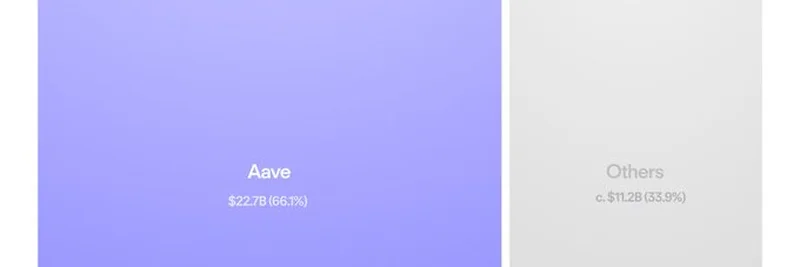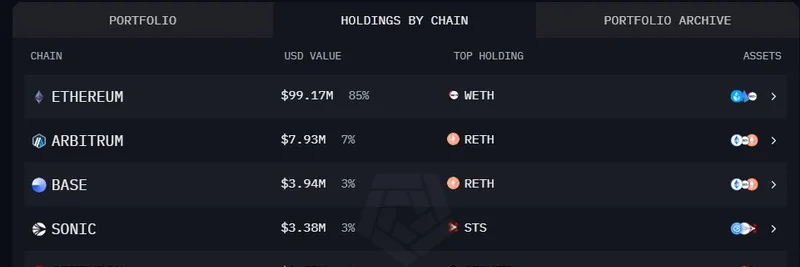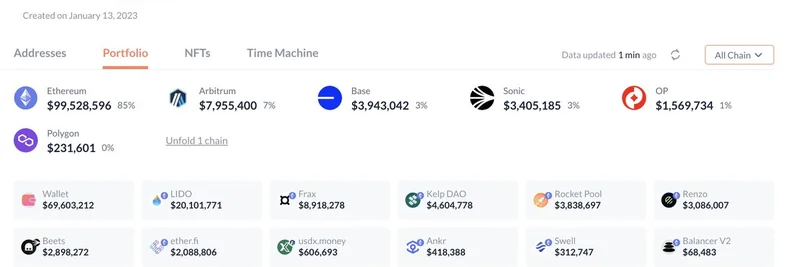If you’ve been keeping an eye on the decentralized finance (DeFi) world, you’ve probably heard of Aave. Recently, a tweet from @0xKolten on X highlighted something pretty impressive: Aave now holds a whopping $22.7 billion in active loans, outpacing every other competitor combined! That’s right—while others manage a collective $11.2 billion, Aave stands tall with a 66% market share, according to data from Token Terminal.
What Makes Aave Stand Out?
For those new to the scene, Aave is a decentralized lending and borrowing protocol built on the Ethereum blockchain. Think of it like a bank, but without the middleman. Users can lend their crypto to earn interest or borrow against their assets by providing collateral. The platform’s success comes from its user-friendly design, strong security, and the ability to support a wide range of cryptocurrencies.
The chart shared by @0xKolten paints a clear picture: Aave’s dominance isn’t just a fluke. With $22.7 billion in active loans, it’s clear that people trust Aave to handle their funds. The tweet even got a quick “huge” from @0xWorkhorse, showing the buzz this news has created in the crypto community.
Why This Matters for DeFi Enthusiasts
This milestone is a big deal for anyone interested in DeFi or meme tokens, as it shows the growing power of decentralized platforms. Aave’s lead could inspire more innovation in the space, potentially influencing projects tied to meme coins or other blockchain trends we cover at Meme Insider. Plus, with the DeFi market projected to grow rapidly, Aave’s position makes it a key player to watch.
The Bigger Picture
Aave’s success also reflects the broader adoption of DeFi. By offering a non-custodial service—meaning users retain control of their funds—it appeals to those wary of traditional financial systems. The platform’s native token, AAVE, even lets the community vote on its future, adding a democratic twist to its operations.
So, what’s next? With this kind of dominance, Aave might just set the standard for how lending works in the blockchain world. If you’re a blockchain practitioner or just curious about where the market’s heading, keeping an eye on Aave could be a smart move. What do you think—will Aave keep its lead, or will a new contender rise? Drop your thoughts in the comments!




